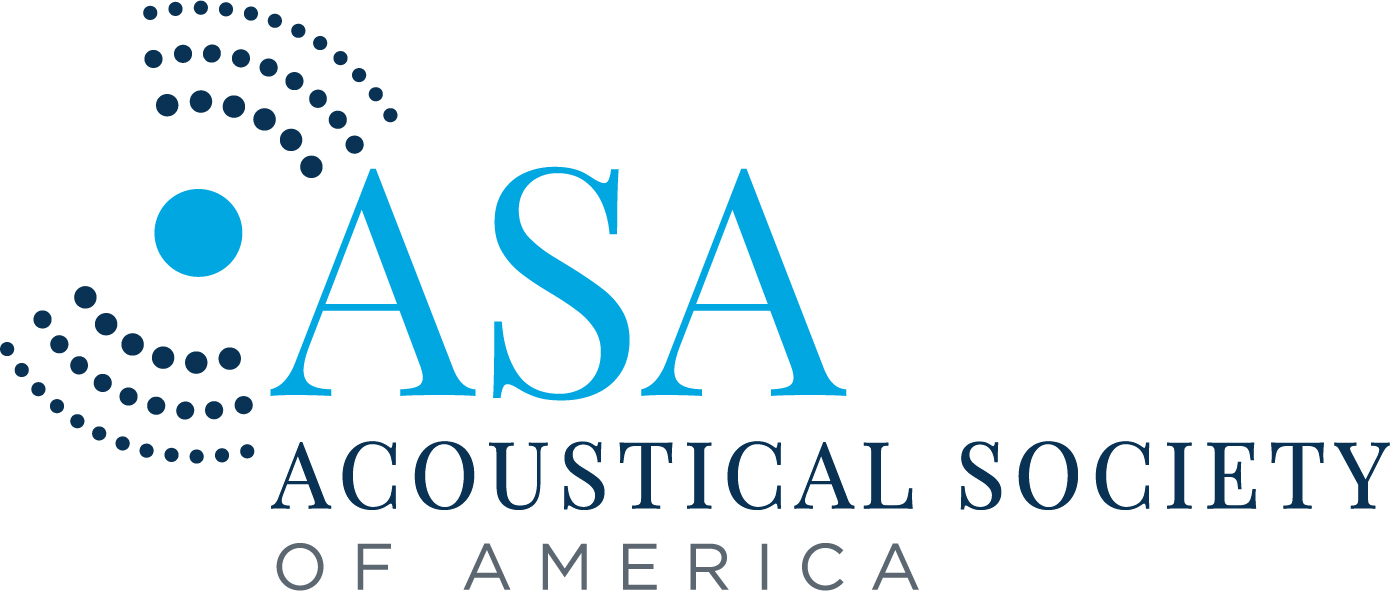2aBAb1 – Using ultrasound imaging to predict type1 diabetes development
Richard KP Benninger – richard.benninger@cuanschutz.edu
University of Colorado Anschutz medical campus
1775 Aurora Ct
Aurora, CO. 80045
Popular version of 2aBAb1 – Applying ultrasound phase-change contrast agents to guide therapeutic intervention in type 1 diabetes
Presented Tuesday morning, May 24th, 2022
182nd ASA Meeting
Click here to read the abstract
Type1 diabetes is an autoimmune disease in which the insulin-producing cells in the pancreas are destroyed. As a result people with type1 diabetes have to take insulin for the rest of their life. This is not a cure, and as well as the significant patient burden there are still risks for complications of diabetes that include eye, kidney and heart damage, as well as potentially falling into a coma from insulin overdose and low blood sugar. Strategies have been developed to prevent type1 diabetes through immune therapies that stop the destruction of insulin producing cells. Treatment early in the disease process, before significant destruction of insulin producing cells will be needed. However it is challenging to predict if an individual will get type1 diabetes and when, limiting the ability to intervene early.
Imaging approaches have been explored to detect the presence of autoimmune disease and concurrent inflammation in the pancreas, and loss of the insulin-producing cells. However there have been limited successes. A potential approach is based on the blood vessels become leaky during the autoimmune disease and inflammation in the pancreas. Thus small particles below 1um diameter can leak and accumulate in the diseased tissue. We have proposed to leverage the inherent advantages of ultrasound imaging that include deployability, cost-effectiveness and safety profile. Ultrasound contrast agents consist of gas filled bubbles (microbubbles). However the size of thee microbubbles means that they cannot access diseased tissue and are restricted to blood vessels. We have utilized a novel phase-change ultrasound contrast agent that consists of a condensed liquid droplet that is stable at body temperature and in circulation. However the acoustic beam from an ultrasound transducer can vaporize these droplets into microbubbles that provide ultrasound contrast. Thus these phase-change agents serve as circulating microbubble precursors that can access diseased tissue.
We tested whether these ultrasound phase change agents can access the injured tissue in the pancreas resulting from autoimmune disease, and whether accumulation of the contrast agents could be detected in ultrasound imaging. We found in pre-clinical models of type1 diabetes that significant accumulation of ultrasound phase change agents were observed in the pancreas, which was measurable by ultrasound (Figure 1). This accumulation correlated with the presence of autoimmune disease and decline in insulin-producing cells. Importantly the accumulation and ultrasound contrast was only present in the pancreas in models of diabetes: no accumulation was observed in non-diseased tissues. Further the accumulation of ultrasound phase change agents and ultrasound contrast correlated with the development of diabetes: models that developed diabetes rapidly or lacked therapeutic prevention showed a much higher contrast than those models that developed diabetes slowly or showed therapeutic prevention of diabetes. Most importantly elevated contrast was measured very early in the disease process, earlier than the current gold standard measurement of circulating insulin autoantibodies.

Figure 1: Conventional B-mode and contrast mode images before and after infusion and activation of phase-change ultrasound contrast agent. P=Pancreas, K=Kidney, S=Spleen.
As such the use of phase-change ultrasound contrast agents shows significant promise for detecting and tracking the presence of autoimmune disease and inflammation in the pancreas that heralds the development of type1 diabetes (Figure 2). Such a measurement would guide therapeutic intervention to prevent type1 diabetes, as well as assess the efficacy of such a treatment. Successful disease prevention will avoid the need for lifelong insulin therapy and complications of diabetes.

Figure 2: Schematic illustrating use of phase-change ultrasound contrast agents to detect autoimmune disease in the pancreas.









 Figure 3(b). Power density distribution at the receiver site.
Figure 3(b). Power density distribution at the receiver site.